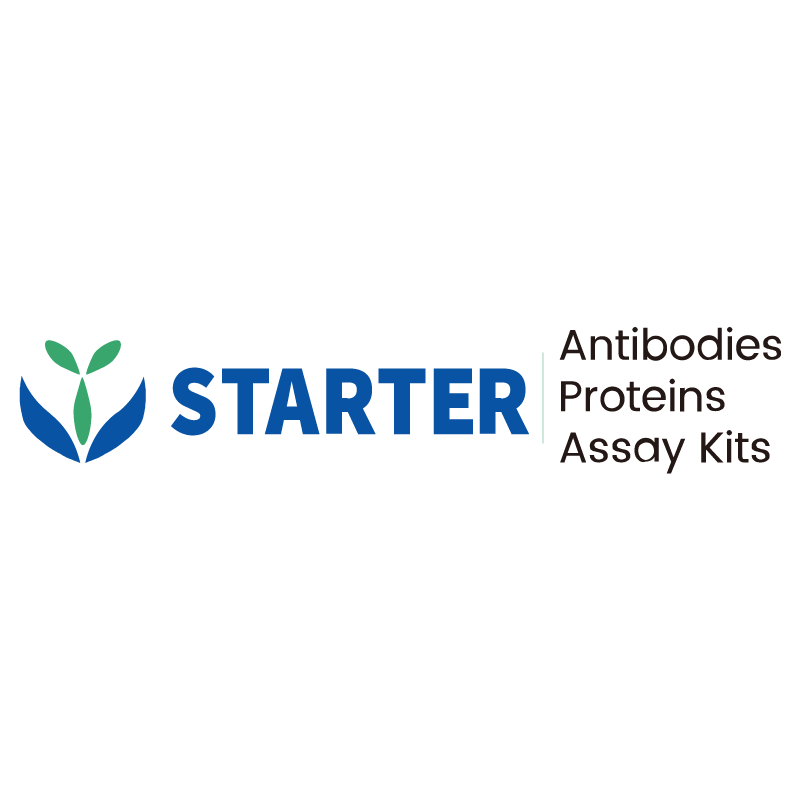Flow cytometric analysis of Human CD38 expression on Ramos. Cells from the Ramos (Human Burkitt's lymphoma B lymphocyte, Right) or HeLa (Human cervix adenocarcinoma epithelial cell, Left) was stained with Alexa Fluor® 594 Rabbit IgG Isotype Control (Black line histogram) and SDT Alexa Fluor® 594 Rabbit Anti-Human CD38 Antibody (Red line histogram) at 5μl/test, cells without incubation with primary antibody and secondary antibody (Blue line histogram) was used as unlabelled control. Flow cytometry and data analysis were performed using BD FACSymphony™ A1 and FlowJo™ software.
Product Details
Product Details
Product Specification
| Host | Rabbit |
| Antigen | CD38 |
| Synonyms | 2'-phospho-ADP-ribosyl cyclase, 2'-phospho-ADP-ribosyl cyclase/2'-phospho-cyclic-ADP-ribose transferase, 2'-phospho-cyclic-ADP-ribose transferase, ADP-ribosyl cyclase 1 (ADPRC 1), Cyclic ADP-ribose hydrolase 1 (cADPr hydrolase 1), T10 |
| Immunogen | Synthetic Peptide |
| Location | Membrane |
| Accession | P28907 |
| Clone Number | S-031-45 |
| Antibody Type | Rabbit mAb |
| Application | FCM |
| Reactivity | Hu |
| Purification | Protein A |
| Concentration | 0.2mg/ml |
| Conjugation | Alexa Fluor® 594 |
| Physical Appearance | Liquid |
| Storage Buffer | PBS, 0.1% BSA, 0.01% Proclin 300 |
| Stability & Storage | 12 months from date of receipt / reconstitution, 2 to 8 °C as supplied. |
Dilution
| application | dilution | species |
| FCM | 5μl per million cells in 100μl volume |
Background
CD38 (cluster of differentiation 38), also known as cyclic ADP ribose hydrolase, is a glycoprotein found on the surface of many immune cells (white blood cells), including CD4+, CD8+, B lymphocytes and natural killer cells. CD38 also functions in cell adhesion, signal transduction and calcium signaling. The loss of CD38 function is associated with impaired immune responses, metabolic disturbances, and behavioral modifications including social amnesia possibly related to autism. The CD38 protein is a marker of cell activation. It has been connected to HIV infection, leukemias, myelomas, solid tumors, type II diabetes mellitus and bone metabolism, as well as some genetically determined conditions.
Picture
Picture
FC


